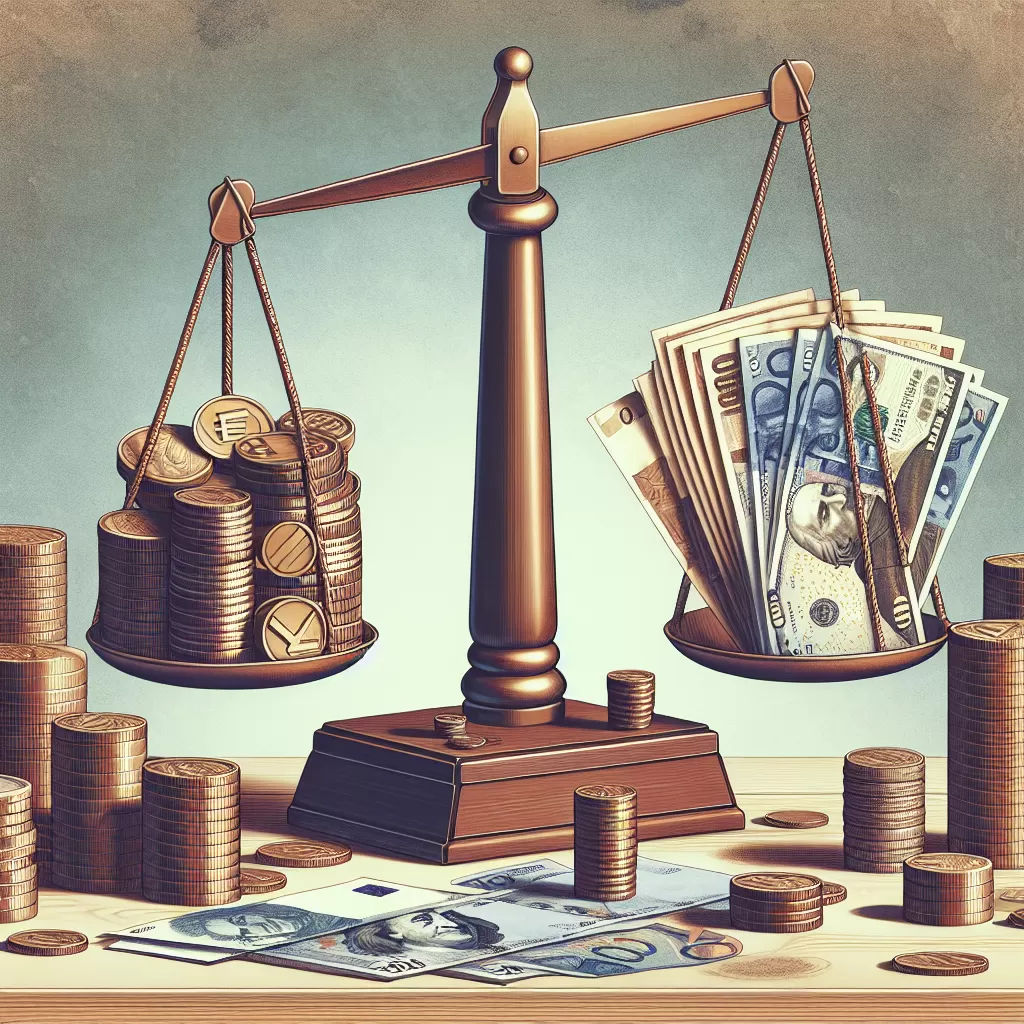What Currency Has The Worst Exchange Rate
Follow Currency Mart April 10, 2024
Where to purchase Foreign Currencies?

Introduction
Currency exchange rates oscillate continuously due to the world's dynamic economic landscape. These fluctuations can often be attributed to political unrest, economic instability, or monetary policies of different countries. Certain currencies suffer from a devastatingly low exchange rate, widening the economic gap from the global powerhouse currencies.The Iranian Rial
The Iranian Rial has arguably one of the world's worst exchange rates. Sanctions imposed against Iran have devastated its economy, resulting in a sharp devaluation of the currency. Accustomed to dealing with chronic inflation, Iranian citizens have sadly seen the purchasing power of their Rial collapse over the years.The Guinean Franc
Another currency that fares poorly is the Guinean Franc. Despite having rich natural resources, Guinea suffers from political instability and economic mismanagement, and this has ravaged their currency. The Guinean Franc has consistently weakened over the past few decades, currently falling amongst the worst globally in terms of exchange rates.The Congolese Franc
Africa's economic instability is also reflected in the Congolese Franc, another currency grappling with a disastrous exchange rate. The Democratic Republic of Congo faces multiple challenges - from political upheavals to civil unrest, from corruption to poor governance - all of which contribute to the devaluation of its currency.The Indonesian Rupiah
In Asia, the Indonesian Rupiah struggles on the exchange market. It's not uncommon for tourists and locals alike to convert their money into hundreds of thousands of rupiahs for comparatively small purchases. Inflation and weak economic fundamentals have contributed to the Rupiah's poor exchange rate.The Paraguayan Guarani
In South America, Paraguay has witnessed the steady depreciation of its currency, the Guarani. Agricultural dependence, limited industrialisation, and economic vulnerability have contributed to the struggling nature of this currency on the global stage.The Sierra Leone Leone
Back in Africa, Sierra Leone's Leone struggles to maintain value, ranking among the worst currencies for exchange rates. This nation has suffered from civil war and Ebola outbreak, both of which have crippled its economy and devalued the currency.The Belarusian Ruble
The Belarusian Ruble is yet another currency which has experienced significant devaluation. Over recent years, Belarus has suffered several economic crises. These have resulted in the steady depreciation of the Ruble, thrusting it onto the list of currencies with the worst exchange rates.Conclusion
A currency's value is at the mercy of global events, government policies, and economic stability. While some currencies like the US Dollar, Euro, or British Pound reflect economic stability and strength, others mirror the instability and economic dearth of their creator nations. A low exchange rate can present challenges for a country's citizens and business sector, but it can also attract some tourists and investors seeking a good value for their money. Witnessing this financial ballet, as the Guardian of currency exchange, gives insight into the identities of these nations, their challenges, and their resilience in the face of adversity. While some currencies may be at the bottom now, the global economic landscape is ever-changing, waiting for new dancers to join the rhythm.
Where to purchase Foreign Currencies?